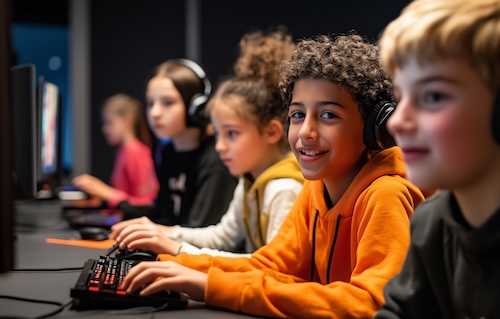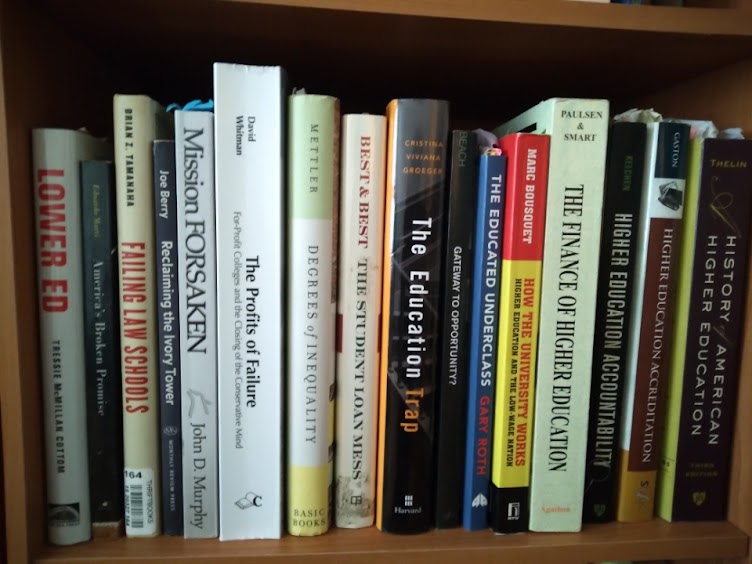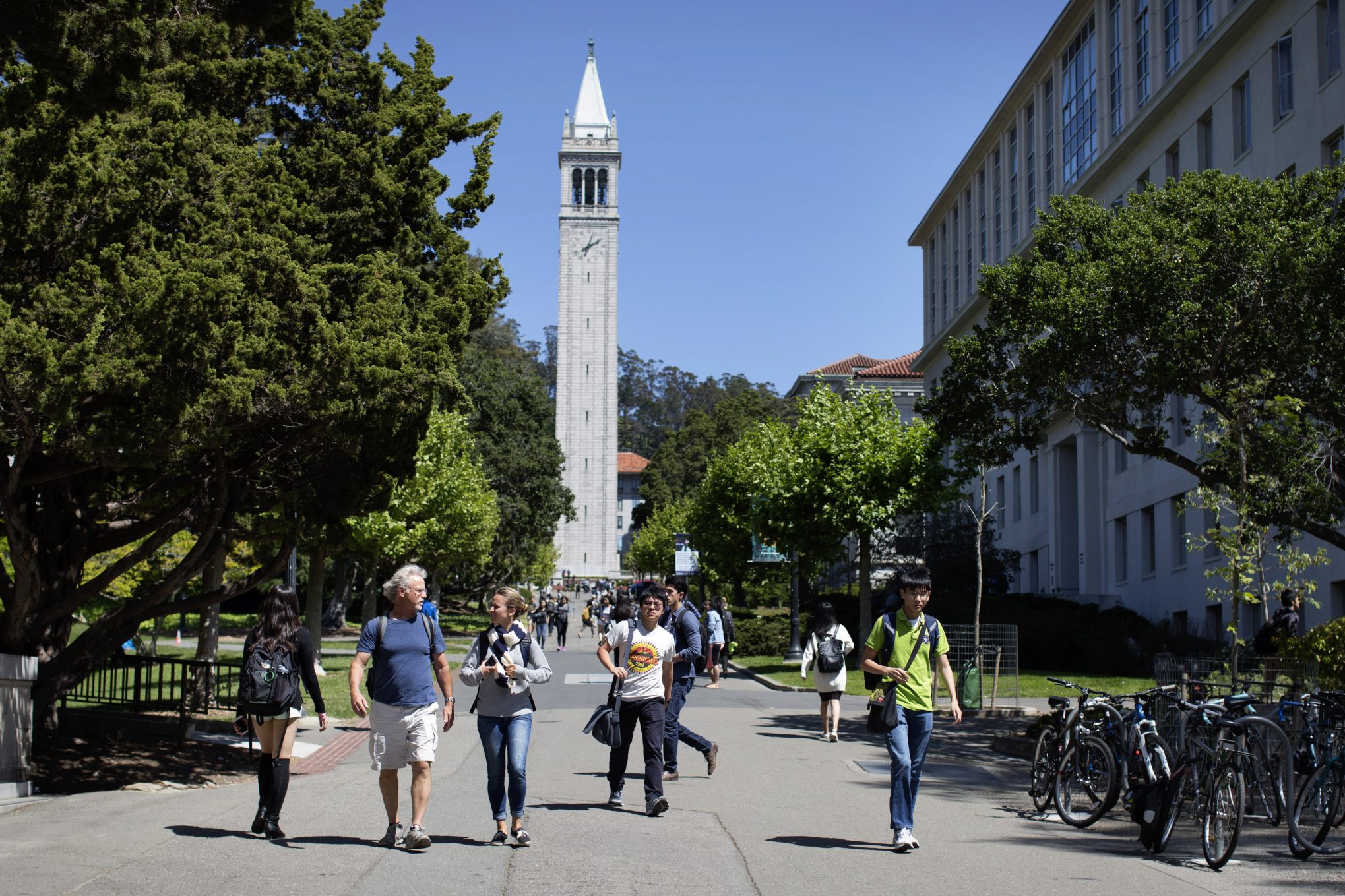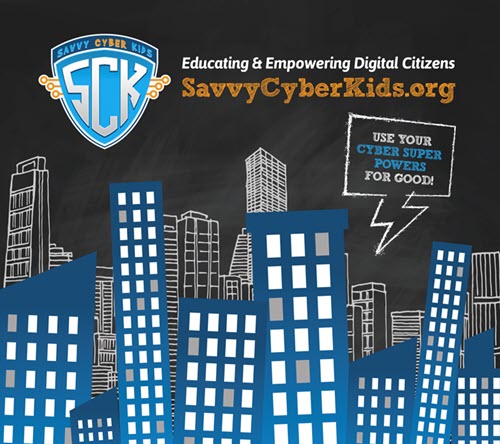As generative AI tools become more common, a growing number of young people turn first to chatbots when they have questions. A survey by the Associated Press found that among AI users, 70 percent of young Americans use the tools to search for information.
For colleges and universities, this presents a new opportunity to reach students with curated, institution-specific resources via chatbots.
In the most recent episode of Voices of Student Success, Jeanette Powers, executive director of the student hub at Western New England University, discusses the university’s chatbot, Spirit, powered by EdSights, and how the technology helps staff intervene when students are in distress.
An edited version of the podcast appears below.
Q: Can you give us the backstory—how Spirit got to campus and what need you all were looking to fulfill?
A: Sure, Western New England, we are the Golden Bears, and our mascot’s name is Spirit. So, Spirit is behind the scenes of our chatbot.
In the year 2023–24, we were trying to look at ways that we could get student voices at the center of what we’re doing. The Western New England philosophy and kind of core values really is about student-centered learning and support. We wanted to try to find a way to engage students earlier than our typical reporting systems come out, and we really wanted to hear the student voice.
Over the course of the year, we did some research and [looked] at different AI platforms that would provide some resources for us. And we landed on EdSights, which is an amazing company that has helped us really bring Spirit to life, where students are using the chatbot on a regular basis to get questions answered, to get resources to know where to go on campus and to also give us information so that we can better support them. We really wanted our chatbot to be reflective of our community, which is why we use our mascot as kind of behind the scenes to reach out to students.
Q: Yeah, it probably seems a little less scary to talk to your mascot than maybe an anonymous administrator.
A: Exactly, especially for our first-year students. When they’re coming on campus, they’ve met the mascot at many open house services and orientation, so they have that connection right away.
Q: You mentioned that this was a semirecent addition to your campus. For some people, AI can still be kind of scary. Was there a campus culture around AI? Or, how would you describe the landscape at WNE when it comes to embracing AI or having skepticism around using AI, especially in a student-facing way like this?
A: AI is so new, and it’s changing rapidly. Western New England has really embraced it. I think one of the biggest things that we looked at was just to make sure that there’s a human side to this AI system. And that’s, I think, one of the most powerful pieces about our AI chatbot … yes, it’s a chatbot, but we also have human helpers, myself and a colleague, who are monitoring and able to reach out to students when there’s any concern.
There’s a lot of systems in place, I think, to protect students. If there’s something going on or they share something with the chatbot, we’re here to help, and we let them know that there are humans behind the chatbot. I think that was probably one of the wider concerns before we started, was, how do we make sure we don’t miss anything that might be reported to a chatbot?
It really also helps with managing time. Students can ask the chatbot questions about WNE 24-7. The student hub, we’re open Monday through Friday, 8:30 a.m. to 4:30 p.m., but then we’re not around on the weekends and at night. Students still have questions at that time, so they can reach out [to Spirit]. It’s an extension of the Student Hub. We’ve really been able to get students resources and information right away.
That’s been really helpful for them to know where to go and who to connect with. A lot of our first-year students are the main users, but all of our students are using the chatbot. The system’s been really great to be able to support students and get information from them but also give them information.
Q: I wonder if you can talk us through how you all customized it to make it campus-specific and really ensure that students know what’s available to them and how this is their community and their college experience?
A: That’s so key, because it’s not an external chatbot—it’s not ChatGPT, where you can google how to do your homework. I’ve had students ask [Spirit], “Help me with this math problem,” and Spirit’s like, “I’m really sorry, but I can’t do that.” It’s really an internal system, and students only have access to it because they are students, and we give them information directly there.
What we did with the program is the company sets you up with, here are the main questions that this chatbot typically gets, and then we back-feed it with all this information. Each department took a look at these questions, so we filled it all in. It’s called the knowledge base. In the knowledge base, we have all these different things, like, when are things open? Who to contact about this? All sorts of options that students can get.
One piece is students use it almost like a Siri or Alexa, where you get that quick answer. We really wanted to meet students where they were and wanted to make sure that, you know, it was real-time information for them.
We have really filled it with all information about Western New England that they can access and get information right away. So that’s the one piece of the chatbot that’s really powerful. It helps save time, keep students from having to wait in line or make appointments, and then it directs them in the right place.
The other piece of the chatbot, which is really a more powerful piece that this individual chatbot has, is a proactive approach. We have a system that the company has developed, based on research, [with] certain questions we ask students throughout the year.
Depending on the time of the year, what’s going on, we may be asking them about academics, financial, personal wellness and health, mental health, as well as engagement on campus. When we ask those questions, we’re hearing the student’s voice right away. Those questions start early; in early September we have the first questions going out. Typically, you may get a report from faculty or staff almost midsemester. We’re getting it really early so that we can intervene right away.
Intervening is that human helper side. We have that chatbot who’s going to be there to answer your questions. But when the chatbot reaches out, make sure you respond, because now as a staff, we can say, this group of students, or these individual students, need something more, and how can we connect with them? It really enhances the relationship.
I think sometimes there’s a fear that AI takes away from a relationship, but it truly enhances the relationship, because once a student is willing to talk to the chatbot, they’re more likely to talk to the staff who reaches out to them because of what they said to the chatbot.
Q: When you are setting up those prompts, looking at those early alerts or things that you might want to know from students, what are you all asking and what have you found is important to identify early on?
A: The first question that goes out is “How do you feel so far about the term?” Students respond with numbers: one, great, two, neutral, three, not so great. And then the chatbot will follow up if it’s neutral or not so great: Why? Is it finances? Is it belonging and connections, academics? Then the students respond there. If students are willing to keep chatting, Spirit will ask, why, can you give any more information?
So last year was the first year that we really implemented it for a full year, and that first question is so powerful because myself and my colleague were able to jump in right away and connect with students, specifically first-year students who in this first two or three weeks of classes are feeling stuck and lost and not quite sure how to move forward.
That’s been really powerful, because not only are they telling us they need help, they’re telling us why they need help and in what direction, and then our job is to reach out and say, “Thanks so much for connecting with Spirit. Now here we are. What can we do to help? Come on in and meet us in the Student Hub, and then we can help you navigate the various offices on campus.”
Q: We’re seeing more students reach out to these third-party services online, trying to look for help and support. Now you all are providing a service for them that is safe, secure and run by staff members who are really looking for their best interests and trying to make sure that they get plugged in and that they don’t stay online.
A: That’s really important. I think the biggest thing is putting it out there and saying, “Here’s how I’m feeling, who’s going to do anything about it?” And knowing that there’s staff that are going to get you connected if students are feeling like they are not involved on campus—we have so many different clubs and organizations, and just having that conversation with a staff member of, like, what’s your interest? We have a club for that. Or, we have a professor who is an expert in this field, and it really helps us tailor and personalize the student experience. That’s information we wouldn’t know otherwise.
As educators, we get a ton of information about students, and we don’t always get that student voice, and that’s what this system does. It allows us to get the voice and allows us to get it early. And we do have that safeguard in place, where students may be having struggles, but they get resources right away, and there are alert systems set up on the back end, so if there are any issues, faculty and staff are able to respond.
Q: What kind of data have you all looked at when it comes to understanding the student experience as a whole? Have there been any insights or trends that have surprised you or driven change on campus?
A: The data is fascinating. I think the biggest thing for looking at this data is, yes, you can do the individual outreach and the individual support, but we can look across the board. We can look at first-generation students. We can look at athletes. We can look at first-year students versus seniors. So there’s a lot of data based on what we have in the system.
Over the past 12 months, we’ve had 17,000 texts back and forth between Spirit and the students, which is phenomenal. We have a 98 percent opt-in rate. So students get a text from Spirit in the beginning of the year, and they can opt out, but 98 percent of students are using it. During the year, our engagement fluctuates between 64 and 70 percent.
The other thing we’ve been able to see, and this is more recent … is we have a higher retention rate for students who are engaged with the chatbot than students who aren’t. So just recently, we’re getting this report from EdSights that 90.6 percent of students who actually engage in the chatbot persisted from fall 2024 to fall 2025. The difference was 75.3 percent who didn’t engage persisted. We are seeing a growth.
I think the reason that that’s so important is because retention and persistence are all about connection and belonging and feeling like you have someone, even if it’s a chatbot, who is connecting with you and making sure that you’re feeling [like] a valued member of our campus community.
We’ve been able to connect with hundreds of students that we may not have been able to connect with or [who we] didn’t even know were struggling because of this chatbot.
We did a huge marketing campaign last year to really get students to use it. This fall, we have the largest freshman class we’ve ever had, and so encouraging them to use this chatbot as a resource has been amazing.
I did a comparison to last year where the first week of classes, we didn’t ask any questions in the first week, but we make it available if students have questions. In the first week of classes last year [fall 2024], students asked 72 questions, or 72 texts to Spirit. This year, in the first year of classes, it was 849.
Q: Wow.
A: So students are using the chatbot. Now, it’s the second year, so we’ve got returning students who also are engaged and understand what it’s all about. It’s showing that students have those questions. Think about all the different questions they got answered that they may not have either went somewhere to get it answered or time didn’t allow them to have it answered.
They’re not going to get perfect answers, either. They may ask a question and the chatbot may say, “I’m not sure I exactly know that answer, but here’s who on campus will,” and it gives them the website. It gives them the contact, it gives them the phone number, so if the chatbot doesn’t know the exact answer, it gives them resources right away, so that they can then follow up on their own.
Q: When it comes to staff capacity, have you seen any impact on the amount of redundant emails students are sending?
A: I think that’s been really helpful, because students can ask the chatbot right away. The other amazing piece about this tool that we’re using is that we can add information pretty quickly. For example, we have a student involvement fair that’s coming up tomorrow, and I had a student ask me a question. I’m like, “Well, let’s ask the chatbot.” And it wasn’t in [the information base]. So I was like, “Well, you’re probably not the only student [with this question].”
So I went in and I added it on the back end, and then I said, “All right, let’s try it again.” Five minutes later, he got the answer for the question from the chatbot.
The system is set up so that we can customize it. There are over 500 questions with answers in the system. We went over those this summer to make sure they’re accurate. We use some of the common language, like, instead of dining hall, you know, we said “D Hall”; we added the common language that students are using, so that the chatbot is even smarter and students are going to get responses even quicker.
I do think it saved time, and hopefully it keeps that redundancy away, because if a student’s going to get an answer, they’re going to tell their classmate or their roommate or their peer, “Hey, just ask [Spirit]” or “Let’s ask together,” and again, save time on the end of the staff. That frees up those little questions to delve into some other things that may be meatier that they would need to deal with for students.
Q: For a peer at a different institution who’s considering implementing a chatbot or experimenting with their own, what lessons have you learned or what advice would you give?
A: The biggest thing I can think of is you have to put in the time and the effort to build the back end. You can add questions really easily, but if you don’t have that robust answer back in the system, it doesn’t give students what they need, or it gives them an OK answer, and they’re less likely to use the chatbot again.
I think the time and the energy you put into the back end and the setup is really important before launching, so that you ensure that students are getting the most accurate information and the simplest. We’re trying to save them from having to google the answer or go onto the website to find it.
I think the other thing is not every student is going to respond, and that’s OK. We have a 98 percent opt-in rate, which means that people are getting those messages from Spirit. That doesn’t mean they’re always responding when we reach out to them. Your engagement is going to be lower than your opt-in, because sometimes students are just going to ignore the text, and that’s OK.
We hope that if they need to respond, or in that moment, that the question that’s coming to them, whether it’s about academics or if they’re struggling with finances, or are they homesick? All these questions that we ask, if they need to respond, we hope that they respond. Just being aware that not every student is going to use it as a tool. Some students will use the chatbot more than they want to come see you.
We’ve reached out to students after they get flagged on our system, and sometimes they ignore us. And so just making sure you have another way to check in on that student or bring them up at a meeting, so that you can say, “I’ve reached out, and the student isn’t coming back and wanting to meet with me,” and that’s OK. Are they still using the chatbot? They still have resources, and they’re getting that information.
I think the biggest thing that we’re trying to improve and move into this year, in our second year of implementation, is, how do we make this data more relevant and shareable to our institution as a whole? This past year, the data has really been sitting within Student Life … Let’s make that available to faculty and staff so that they can get a sense of what our students are feeling and how can maybe I change or implement something that’s going to help. As well as sharing with our student leadership so that students get a sense of how people are feeling. That’s our next step.
We’re still going to do the individual outreach and the whole group support and programming. But how do we use this data now as a larger institution that really wants to focus in on student support?
Q: You mentioned a little bit about what’s next, but is there anything else on the horizon that we should know about as you all move into year two of Spirit?
A: I think the biggest thing is really emphasizing the blended AI-human interaction. The system gives us a number of risk factors and measures how students are doing, and we want to use that information as a proactive approach to support students. Whether it’s programming for specific needs or for specific groups of students, whatever it may be to get proactive, so that we know, in a sense, what students are doing and what their needs are.
The other thing we’re going to see over the next year or two is hopefully we’ll start to see some trends and patterns of how students are responding. Going into year two, I assume that we’re going to have some similar responses. But who knows? Every class is different and every year is different, so trying to see, what are some trends? We can use that data to be proactive and plan what students may need, before they even know they need it, in a way. Using this information and making it actionable so it’s not just data that’s sitting in a system is so important to us.











